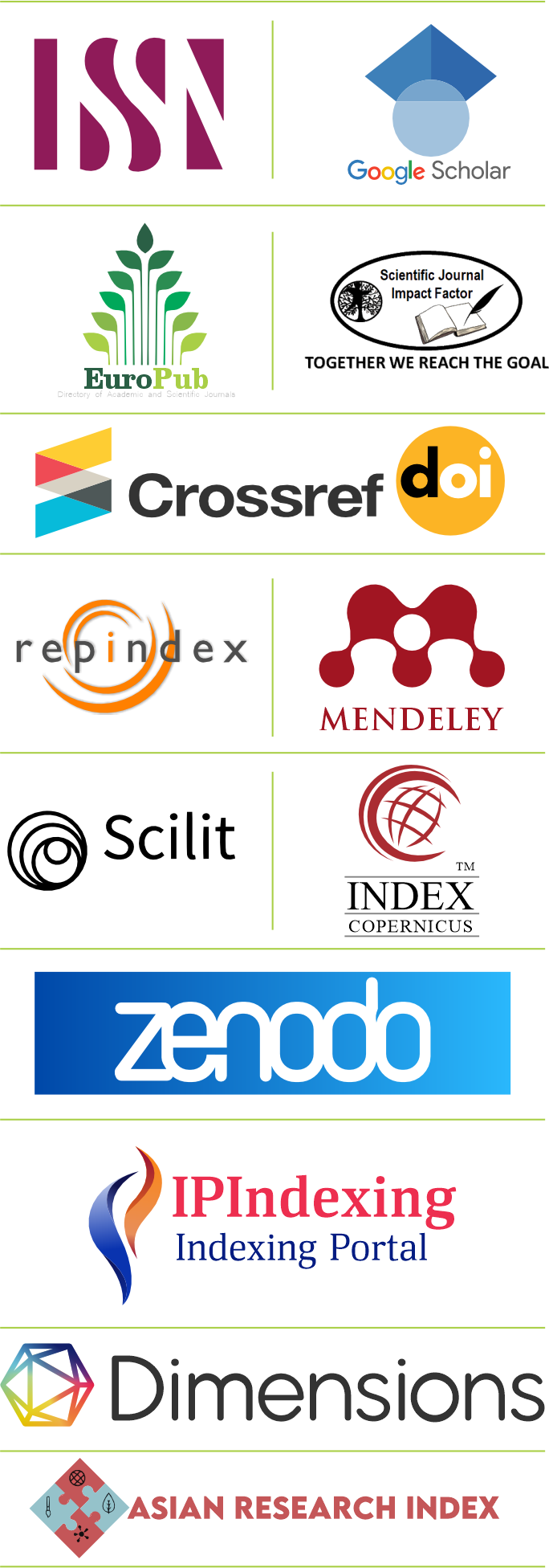Unveiling Pakistani English: A Linguistic and Cultural Odyssey of Features, Evolution, and Distinctiveness
DOI:
https://doi.org/10.55737/qjssh.466147122Keywords:
Pakistani English, Linguistic and Cultural Attributes, Evolution, Distinctiveness of PE, Standard British English, Features of PE, Indigenized LanguageAbstract
Pakistani English, recognized as a unique non-native, emerging, and indigenous variety of English, has evolved into an independent norm-dependent, and institutionalized language form. Diverging from Standard British English, it exhibits distinctive features in morphology, syntax, lexis, grammar, and phonology, shaped by socio-cultural, religious, and regional influences, contributing to its singular linguistic and cultural identity. Utilized across various domains, including education, commerce, and science and technology, Pakistani English plays a pivotal role within the Pakistani context. This comprehensive study sheds light on Pakistani English, encompassing its historical development, and conducting an in-depth exploration of its linguistic characteristics, namely lexical, morphological, syntactic, and phonological features. Additionally, it meticulously delineates the distinctions between Pakistani English and Standard British English. The research adopts a mixed-methods approach, combining qualitative analysis of linguistic data with ethnographic insights, providing a holistic understanding of Pakistani English's intricate interplay between language and culture. The study underscores the significance of these findings in advancing the fields of linguistic and cultural studies, offering valuable insights into the complex dynamics of language evolution and its profound impact on cultural identity and communication in the contemporary world.
References
Baumgardner, R. J. (1998). Word-formation in Pakistani English. English World-Wide, 19(2), 205-246. https://doi.org/10.1075/eww.19.2.04bau
Haider, S., & Manan, S. A. (2021). English in East and South Asia: Policy, Features and Language in Use. 1st Edition, London, Routledge. https://doi.org/10.4324/9780429433467-1
Khan, H. I. (2012). The evolution of Pakistani English (PakE) as a legitimate variety of English. International Journal of Applied Linguistics & English Literature, 1(5), 90-99. https://doi.org/10.7575/ijalel.v.1n.5p.90
Jadoon, N. K., & Ahmad, M. (2022). A study of lexical features of Pakistani English. Pakistan Journal of Social Research, 04(04), 891-901. https://doi.org/10.52567/pjsr.v4i04.900
Jilani, S. F., & Anwar, B. (2018). Lexico-semantic features of Pakistani English newspapers: A corpus-based approach. International Journal of English Linguistics, 8(4), 50. https://doi.org/10.5539/ijel.v8n4p50
Khan, T. A. (2020). Morphological integration of Urdu loan words in Pakistani English. English Language Teaching, 13(5), 49. https://doi.org/10.5539/elt.v13n5p49
Mahboob, A. (2003). The English Language in Pakistan: A Brief of its history and Linguistics. Greenville, N.C., USA.
Qureshi, M., Muhammad, S., & Jadoon, N. K. (2023). Lexis of Pakistani English: A study of lexical borrowing in Pakistani Anglophone literature. Pakistan Journal of Social Research, 05(02), 1017-1026. https://doi.org/10.52567/pjsr.v5i02.1214
Rahman, T. (2022). PAKISTANI ENGLISH: The Linguistic Description of a Non-Native Variety of English. 3rd edition, PCL-Press, Graz-Berlin.
Sarfraz, M. (2021). Lexical variations in Pakistani English: A case study of the novel twilight in Delhi. International Journal of Linguistics, Literature and Translation, 4(6), 252-260. https://doi.org/10.32996/ijllt.2021.4.6.30
Siddiqui, A., & Keerio, A. K. (2019). Analyzing the Linguistic Components of Pakistani English: An Indigenized Legitimate English Variety. MARS. 1(2), 1-5. https://doi.org/10.53057/linfo/2019.1.2.1
Somroo, M. (2022). Pronunciation and Semantic Differences in Pakistani and British English. PEPERTUS: Journal of Linguistics, Language Planning and Policy. 1(1), 62-73. https://rjllp.muet.edu.pk/index.php/repertus/article/view/1/5
Yasir, H. S. M., Bashir, A., Jahan, J., Zamir, N., & Maryam, A. (2021). Phonological Shifts in Pakistani English (PakE): A comparative Study under Standard British English. Xlkogretin Online — Elementary Education. 20(5), 795-806. https://www.ilkogretim-online.org/fulltext/218-1616651580.pdf
Akram, Z., Ayub, A., Arfeen, H., & Malghani, M. (2017). The phonological variation of Pakistani English in comparison to standard British English: A case study ofBaloch English speaking students in SBKWU, Quetta. Al-Burz, 9(1), 101-128. https://doi.org/10.54781/abz.v9i1.106
Zeb, A., & Bashar, K. (2019). Paklish Verses English: Lexical and Semantic Features. Journal of Humanities and Social Studies (JHSSS). 1(4), 199-204. https://al-kindipublisher.com/index.php/jhsss/article/view/190
Published
Issue
Section
License
Copyright (c) 2023 Tahira Asgher, Asma Kashif Shahzad, Anum Hanif

This work is licensed under a Creative Commons Attribution-NonCommercial 4.0 International License.





